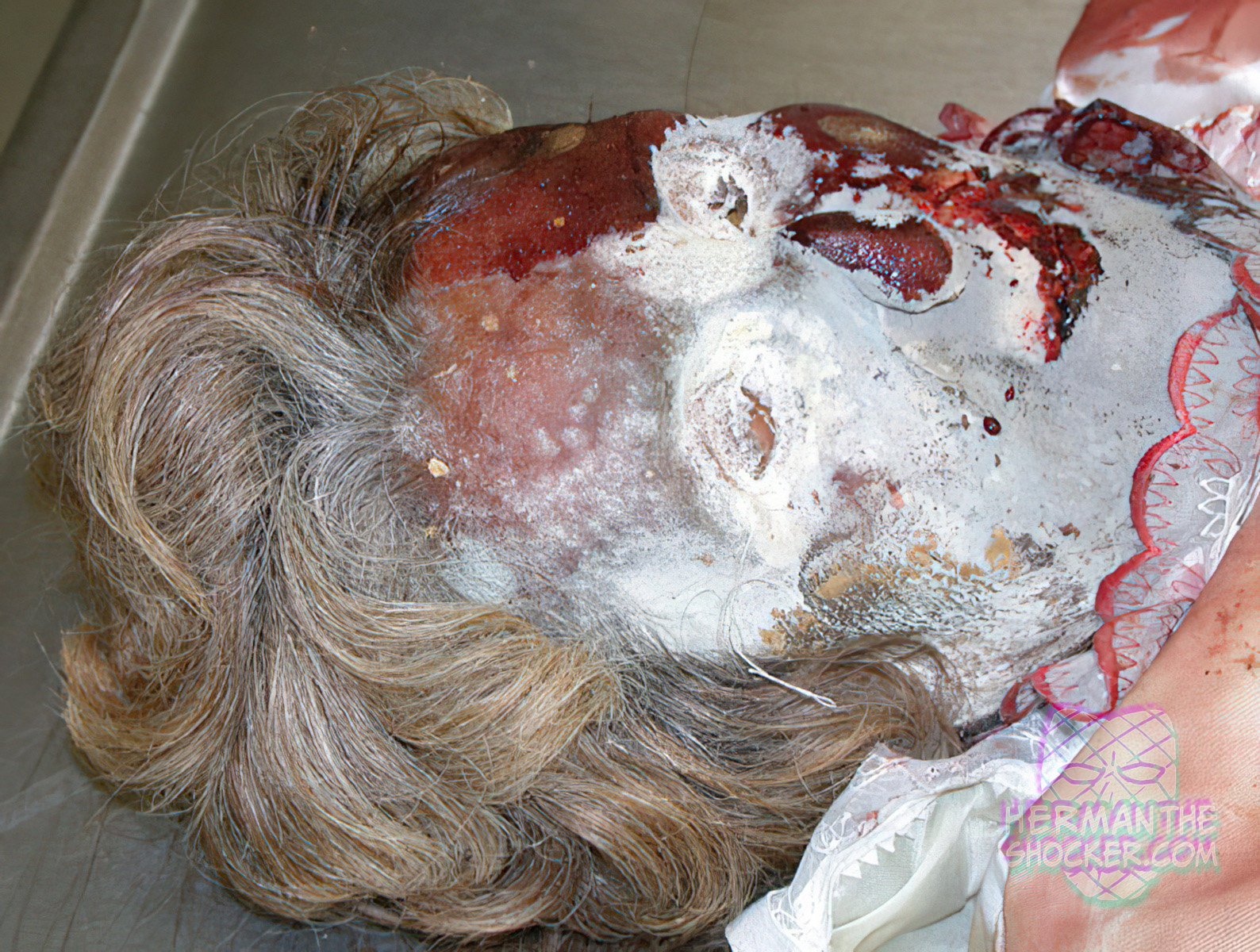Here we see an extensive whitish-gray fungal colonization on a corpse’s face following a burial time of 7 months. It is often possible to make numerous findings after exhumation despite factors such as autolysis, putrefaction, possible animal predation, fungal colonization, mummification, adipocere, and artifacts (e.g., caused during body recovery). There is no linear correlation between postmortem interval and the detectability of findings, which depends far more on ambient conditions and the diagnostic question being posed. A body may have undergone decomposition to an extent that it is no longer possible to make a targeted assessment.
Latest posts

The morbidity and mortality produced by obesity in the United States and other developed societies has reached epidemic…







